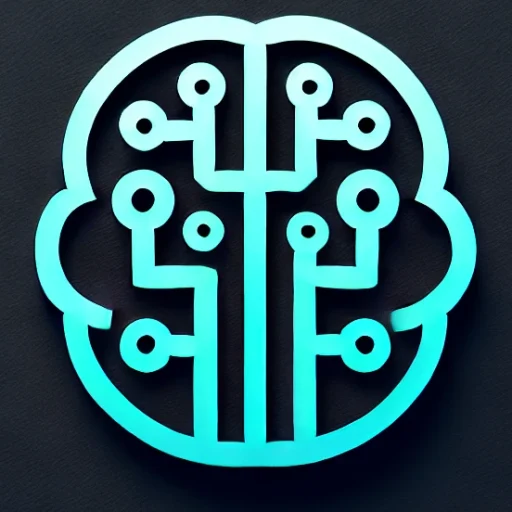
Introduction
In recent years, the field of artificial intelligence has been abuzz with a plethora of advancements, but perhaps none as transformative as Generative AI. From generating human-like text to creating intricate artworks and even composing music, Generative AI has taken the digital world by storm. But what exactly is driving this trend, and why is it considered the most significant topic in AI and computing today?
Key Insights & Latest Advancements
Generative AI leverages neural networks, particularly Generative Adversarial Networks (GANs) and transformer models, to create content that once required human creativity. The breakthrough development of OpenAI’s GPT (Generative Pre-training Transformer) series has demonstrated the power of generative models by producing remarkably coherent and contextually relevant text. Similarly, GANs have shown impressive capabilities in creating realistic images, leading to a new wave of creativity in digital media.
Recent advancements include OpenAI’s GPT-4, which not only enhances text generation but also incorporates multi-modal learning, allowing it to process and generate images alongside text. This leap significantly broadens the AI’s applicability across industries. Moreover, developments in Stable Diffusion and DALL-E have empowered creators to generate visually stunning and photorealistic images from simple descriptions, redefining digital content creation.
Real-World Applications
Generative AI is already making waves across various industries, enhancing productivity and innovation:
-
Entertainment and Media: Generative AI is being used to create engaging storylines, scripts, and even entire scenes in film and television. AI-generated music and art are gaining popularity, offering new content creation avenues.
-
Healthcare: In the medical field, generative AI assists in creating synthetic data for research while maintaining patient privacy and accelerating drug discovery through the simulation of molecular interactions.
-
Marketing and Advertising: Brands are leveraging generative AI to create personalized and targeted advertising content that resonates more effectively with consumers.
-
Gaming: AI is generating complex gaming environments and characters, offering players more immersive and dynamic experiences.
Challenges & Future Outlook
Despite its potential, Generative AI poses several challenges. Ethical concerns regarding deepfakes, data privacy, and the authenticity of AI-generated content remain pressing issues. As AI models become more advanced, the risk of misuse increases, necessitating robust governance frameworks and ethical guidelines.
The future of Generative AI is promising yet demands careful navigation. The focus is now on developing responsible AI that prioritizes transparency and fairness while striving for technological advances. Researchers and policymakers must collaborate to ensure that the benefits of generative AI are harnessed responsibly.
Conclusion
Generative AI stands at the forefront of technological innovation, poised to redefine creativity across various sectors. Its ability to generate human-like content not only enhances productivity but also opens new realms of possibilities. However, the journey forward must be tread with caution, addressing ethical challenges and ensuring that generative AI contributes positively to society. As we continue to explore its vast potential, one thing is certain—Generative AI is not just a trend; it’s a transformative force shaping the future of AI and computing.
By understanding and addressing the challenges it presents, we can unlock unprecedented opportunities for growth, creativity, and innovation in the digital age.

